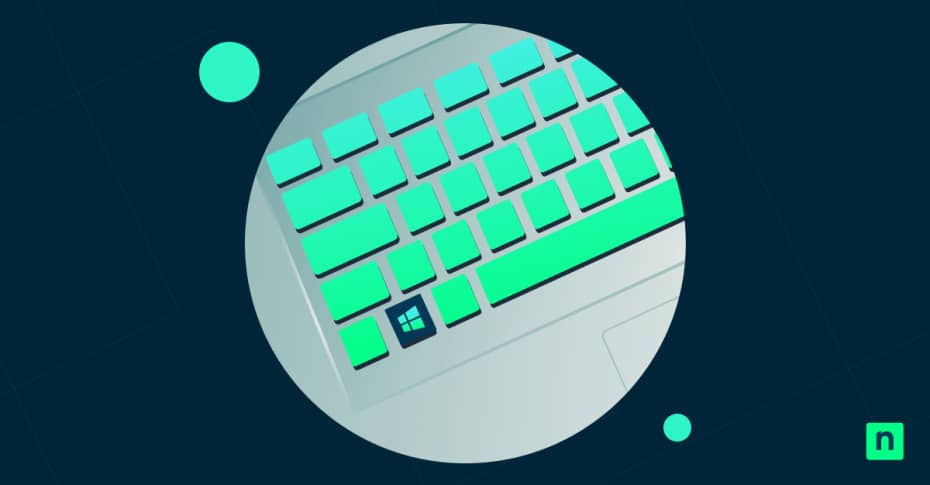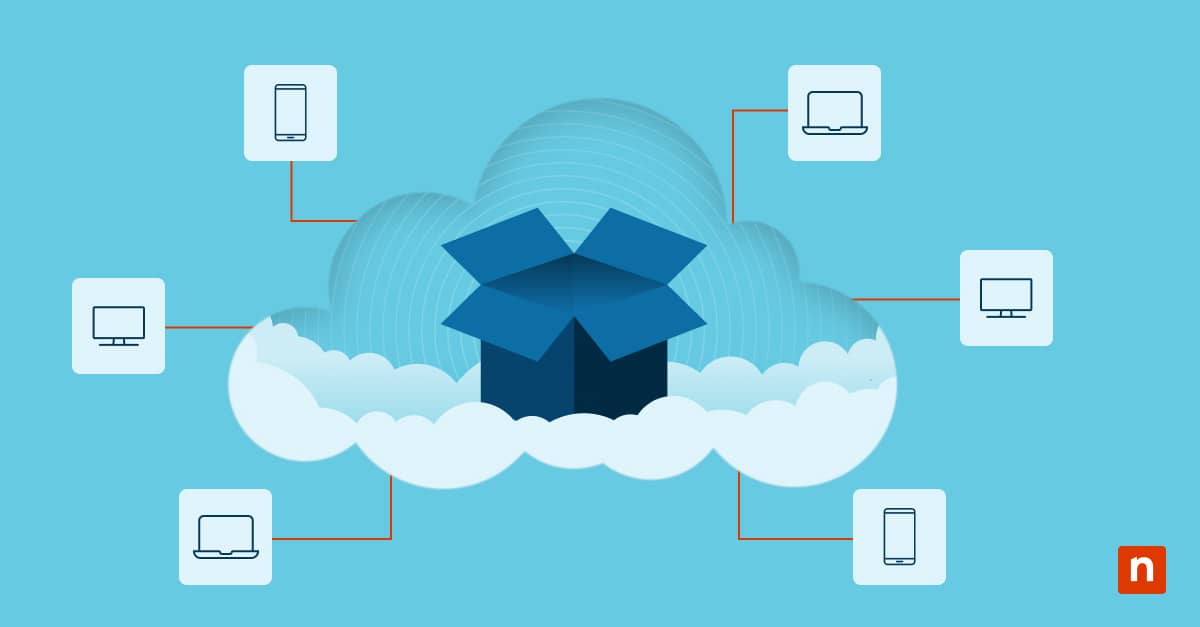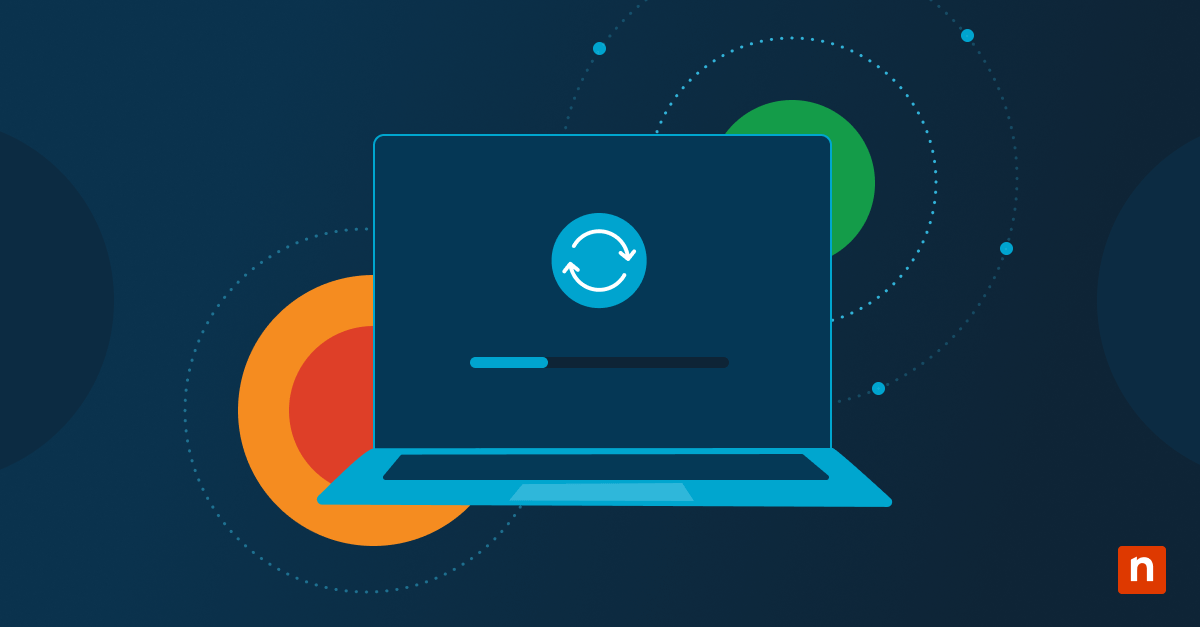In this article, you will discover the role of an IT purchasing manager, the essential skills they bring, and how to assess whether your organization could benefit from this specialized procurement position. Let’s get started!
Strategic technology acquisition management
Technology procurement isn’t just about buying equipment when needed. IT teams today have to navigate complex decisions around hardware compatibility, software licensing, cloud subscriptions and cybersecurity—all while staying within budget and meeting compliance standards.
What is an IT purchasing manager?
An IT purchasing manager specializes in acquiring technology assets for organizations while optimizing value, confirming compatibility, and maintaining compliance with both technical standards and budget parameters. Unlike general procurement roles, these professionals possess technical knowledge that allows them to evaluate specifications, understand compatibility requirements, and assess how purchases align with the organization’s technology roadmap.
When examining this role in greater detail, you’ll find these professionals serve as a link between technical teams who understand requirements and financial departments who control budgets. They translate technical needs into procurement specifications, negotiate favorable terms, and maintain documentation for compliance and asset management purposes.
Core responsibilities overview
IT purchasing managers handle the complete procurement lifecycle for technology assets. They collaborate with department heads to gather requirements, research appropriate solutions, negotiate with vendors, process orders, and track deliveries. Beyond these transactional activities, they develop procurement policies, establish vendor evaluation criteria, and maintain comprehensive documentation.
Consider these key duties:
- Develop and maintain procurement policies specific to technology assets.
- Collaborate with IT teams to translate technical requirements into purchase specifications.
- Research vendors and solutions to identify optimal matches for organizational needs.
- Negotiate favorable pricing, support terms and service level agreements (SLAs).
- Maintain comprehensive documentation of all technology assets and licenses.
Skill requirements for effective purchasing
Successful IT purchasing managers combine technical knowledge with business acumen and negotiation skills. They must understand both the technological landscape and procurement best practices to deliver maximum value to their organizations. This combination enables them to communicate effectively with technical teams, vendors and financial stakeholders.
Technical foundations
IT purchasing managers need sufficient technical knowledge to understand specifications, compatibility requirements and implementation considerations of various technology solutions. While they typically don’t need the same depth of expertise as IT specialists, they must comprehend technical documentation, recognize compatibility issues and understand how different components interact within the organization’s technology ecosystem.
Their technical foundation enables them to ask relevant questions when gathering requirements from stakeholders. For instance, when purchasing networking equipment, they should understand bandwidth requirements, compatibility with existing infrastructure and security implications. Their knowledge also enables them to critically evaluate vendor claims and recognize when additional expertise is needed for complex purchasing decisions.
Negotiation capabilities
Negotiation represents a cornerstone skill for IT purchasing managers who regularly secure favorable terms for hardware, software, and other services. Effective negotiators understand both the market value of technology solutions and the specific value propositions for their organization. They leverage competition among vendors, volume purchasing and timing considerations to maximize value.
Strong negotiators prepare thoroughly by researching market conditions, understanding vendor motivations, and establishing clear objectives before discussions begin. They look beyond the initial purchase price to consider total cost of ownership factors like maintenance, support, upgrades, and eventual replacement.
IT purchasing manager job description
When creating an IT purchasing manager job description, organizations should clearly articulate both technical requirements and business skills needed for success. The role demands a unique combination of IT knowledge, procurement expertise, and communication abilities. Candidates should demonstrate experience with technology purchasing, vendor management, and contract negotiation.
Key performance indicators
Effective IT purchasing managers deliver measurable value through cost savings, process improvements, and strategic vendor relationships. Organizations typically evaluate these professionals using metrics that capture both financial outcomes and operational improvements. Tracking these indicators helps justify the position’s value and identify areas for improvement.
Performance evaluation typically includes quantitative and qualitative measures. The following metrics provide a framework for assessment:
- Cost savings achieved through negotiation compared to initial quotes or market rates.
- Procurement cycle time from request submission to delivery completion.
- Vendor performance ratings based on delivery timeliness, quality and support.
- Contract compliance percentage across all technology purchases.
- Stakeholder satisfaction scores from internal departments and teams.
Reporting structure considerations
The reporting structure for IT purchasing managers varies depending on the organization’s size and priorities. In technology-focused companies, these roles often report to IT leadership, while in other organizations, they may report to procurement or finance departments. The optimal structure strikes a balance between technical oversight and procurement governance.
When positioned within IT departments, purchasing managers gain deeper insight into technical requirements and roadmaps, facilitating better alignment with technology strategy. Conversely, reporting to procurement departments typically strengthens governance and policy compliance while potentially creating distance from technical decision-makers. Many organizations adopt a matrix approach where the position has dual reporting lines to both IT and procurement leadership.
Benefits of dedicated procurement leadership
Effective procurement leadership focuses on more than just the initial purchase price—it looks at the total cost of ownership. IT purchasing managers evaluate maintenance contracts, support agreements, and upgrade paths to help minimize long-term expenses.
Cost control improvements
Organizations with dedicated IT purchasing managers typically achieve significant cost savings through strategic procurement practices. These professionals implement structured purchasing processes, consolidate orders for volume discounts, and standardize equipment specifications to reduce variability and support costs.
They also track the technology lifecycle to optimize purchases and avoid emergency replacements, which typically come at premium prices. Their understanding of licensing models helps organizations avoid overpaying for unused capacity or features while maintaining compliance with terms.
Vendor relationship advantages
Strong vendor relationships yield numerous benefits, including preferred pricing, priority support, and early access to new technologies. IT purchasing managers cultivate these relationships through consistent communication, fair negotiations, and professional interactions. They serve as the primary point of contact, building rapport that can prove invaluable during urgent situations.
These relationships extend beyond sales representatives to include technical specialists, support teams, and account managers. Developing this network gives organizations access to vendor expertise that can help with planning, troubleshooting, and optimization. Professional purchasing managers maintain appropriate boundaries while fostering collaborative partnerships that benefit both parties.
Does your organization need an IT purchasing manager?
The decision to hire a dedicated IT purchasing manager depends on several factors, including technology spending volume, complexity of purchases, and internal expertise. Organizations should evaluate current procurement processes, identify pain points, and quantify potential benefits before creating this specialized role.
Team size requirements
The appropriate organizational size for implementing a dedicated IT purchasing manager varies based on technology intensity and purchasing volume rather than employee count alone. Technology-focused companies may benefit from specialized procurement expertise even with relatively small teams, while less technology-dependent organizations might reach larger sizes before justifying the position.
Alternative staffing approaches
Organizations not ready for a full-time IT purchasing manager can explore alternative approaches to improve technology procurement. These options include training existing procurement staff on technology purchasing, developing IT staff with procurement responsibilities, or engaging external consultants for periodic guidance and major purchases.
Similarly, technically inclined staff can learn procurement best practices to bridge the knowledge gap. Some organizations establish purchasing committees that combine expertise from multiple departments to inform major technology decisions.
Leveraging external IT procurement expertise
Managing technology procurement doesn’t have to be a headache. NinjaOne’s unified IT management platform gives you complete visibility and centralized control over your entire IT environment, making purchasing decisions faster, smarter, and more cost-effective.
See how easy it can be—try NinjaOne free today and start maximizing the value of your IT investments.








